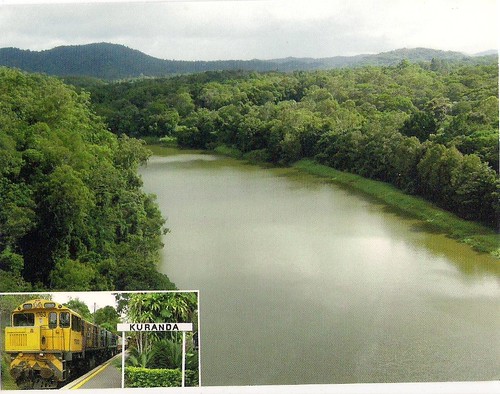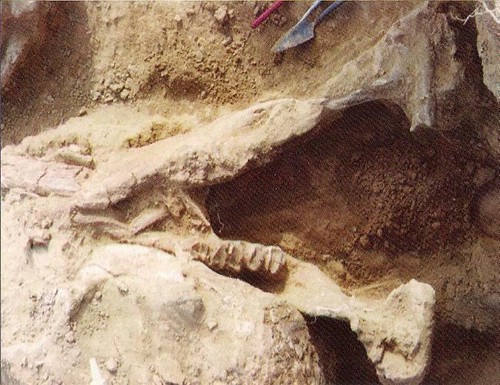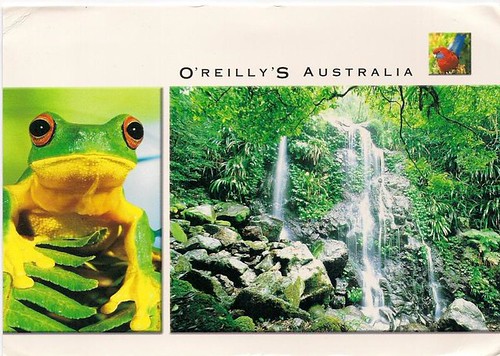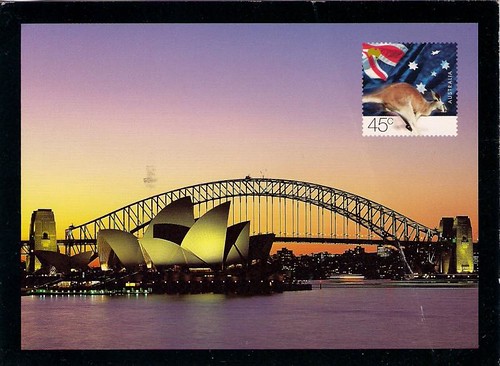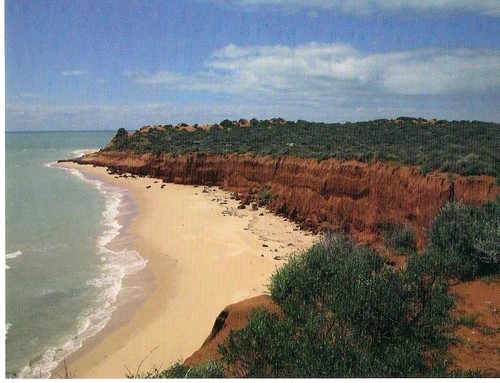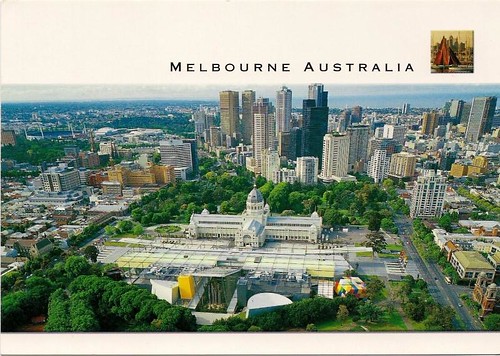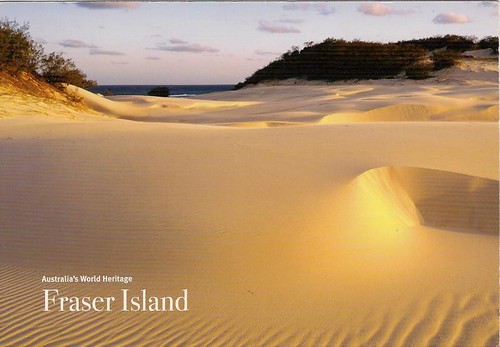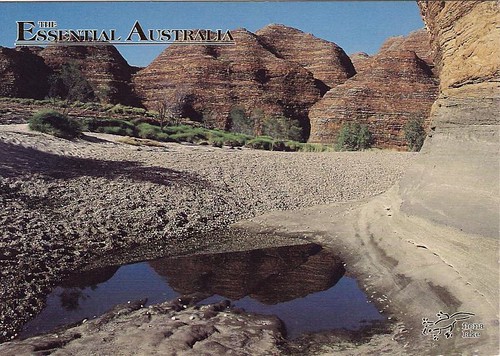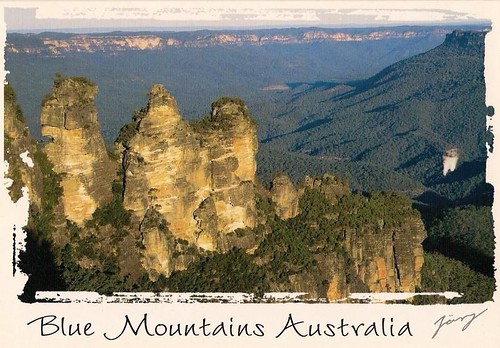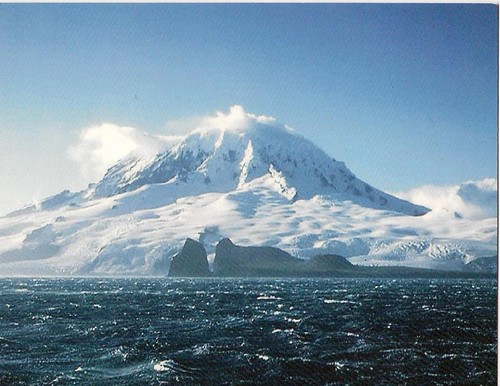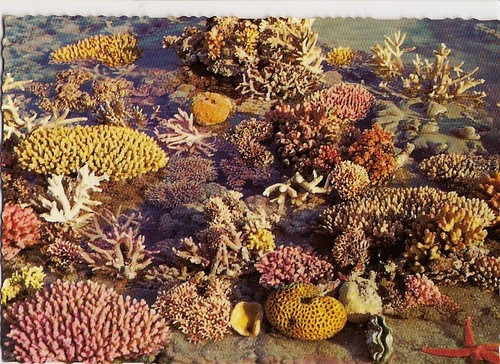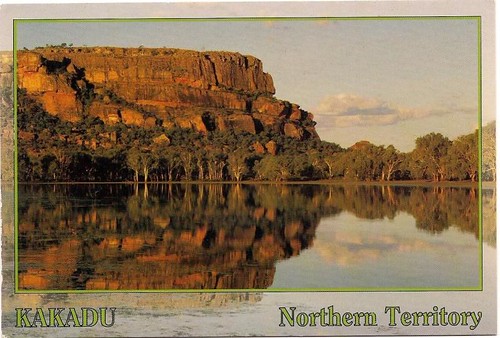Mungo National Park is a national park in south-western New South Wales (Australia), 876 km west of Sydney, in the Balranald Shire. It is part of the Willandra Lakes Region, a World Heritage Site covering 2,400 square kilometres, and incorporating seventeen dry lakes. The central feature of Mungo National Park is Lake Mungo, the second largest of the dry lakes.
The park is most significant for the archeological remains which have been discovered there. The remains of Mungo Man, the oldest human remains discovered in Australia, and Mungo Lady, the oldest known human to have been ritually cremated, were both discovered within the park. They were buried on the shore of Lake Mungo, beneath the 'Walls of China', a series of lunettes on the South eastern edge of the lake.
Read more...
